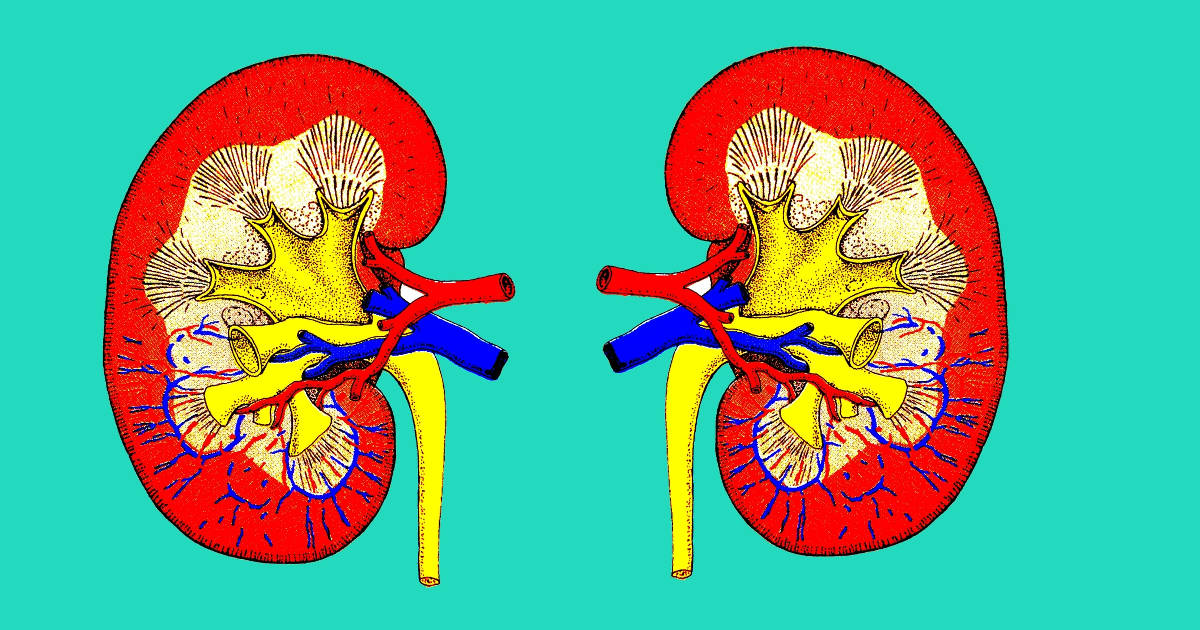
New Tool Improves Patients' Home Dialysis Care

The tool ensures that healthcare providers consider patients' expectations and needs when designing their care.
- A newly developed tool assesses patients' home dialysis experience.
- The 26-item Home Dialysis Care Experience instrument will be a resource for future research use, clinical care, and quality improvement initiatives among home dialysis facilities and organizations.
Matthew Rivara, MD, and his colleagues recently developed a tool to assess patients’ opinions concerning their home dialysis care.
“Assessing patients’ experience of their home dialysis care is incredibly important to ensure that quality improvement efforts in home dialysis focus on areas that patients—not just doctors—consider important,” said Dr. Rivara.
Home dialysis, which includes both peritoneal dialysis and home hemodialysis, allows patients to receive their dialysis treatments at home, gives patients independence and flexibility with their treatment schedules, and is associated with similar or better outcomes and lower costs compared with conventional in-center hemodialysis. Home dialysis modalities are the fastest growing types of dialysis treatments in the United States, and this trend is likely to continue as recent policies provide incentives to dialysis providers and kidney specialists to promote home dialysis.
The investigators conducted a literature review to identify domains of home dialysis care that could be important to address, and then they interviewed home dialysis patients, home dialysis nurses, patient care partners, and kidney specialists. This was followed by a national stakeholder survey to prioritize important elements of care. These efforts allowed the team to design a new survey tool to best capture the home dialysis care experience. The tool is called the Home Dialysis Care Experience (Home-DCE) instrument, a 26-item patient-reported experience measure.
“One important observation that we made in reviewing the results of our work was the central importance that all stakeholders—patients, care partners, doctors, and nurses— placed on good consistent communication and care coordination. This was universally felt to be of greater importance in evaluating high quality home dialysis care from the patient’s perspective compared with other aspects of care such as facility cleanliness, timeliness of laboratory results and appointments, and a number of other factors,” said Dr. Rivara. “Another important finding was the consistency of our findings no matter who we spoke to. In general, patients, care partners, nurses, and doctors all noted similar elements of home dialysis care that were the most important.”
The Home-DCE tool will be a valuable resource for research, clinical care, and quality improvement initiatives among home dialysis facilities and organizations.
An accompanying editorial notes that “this laudatory work meets an important need for quality measurement tools in home dialysis, and comes at a moment when two decades of federal policies incentivizing patient-centered care and promoting home dialysis intersect.”
A Patient Voice article also accompanies the study.
Study co-authors include Todd Edwards, PhD; Donald Patrick, PhD; Lisa Anderson, BA; Jonathan Himmelfarb MD; and Rajnish Mehrotra, MD, MS.
The article, titled “Development and Content Validity of a Patient-Reported Experience Measure for Home Dialysis,” will appear online at http://cjasn.asnjournals.org/ on March 30, 2021, doi: 10.2215/CJN.15570920.
The editorial, titled “Measuring Patient Experience with Home Dialysis in the United States,” will appear online at http://cjasn.asnjournals.org/ on March 30, 2021, doi: 10.2215/CJN.01990221.
The Patient Voice editorial, titled “Patient Experiences with Home Dialysis,” will appear online at http://cjasn.asnjournals.org/ on March 30, 2021, doi: 10.2215/CJN.01570221.











